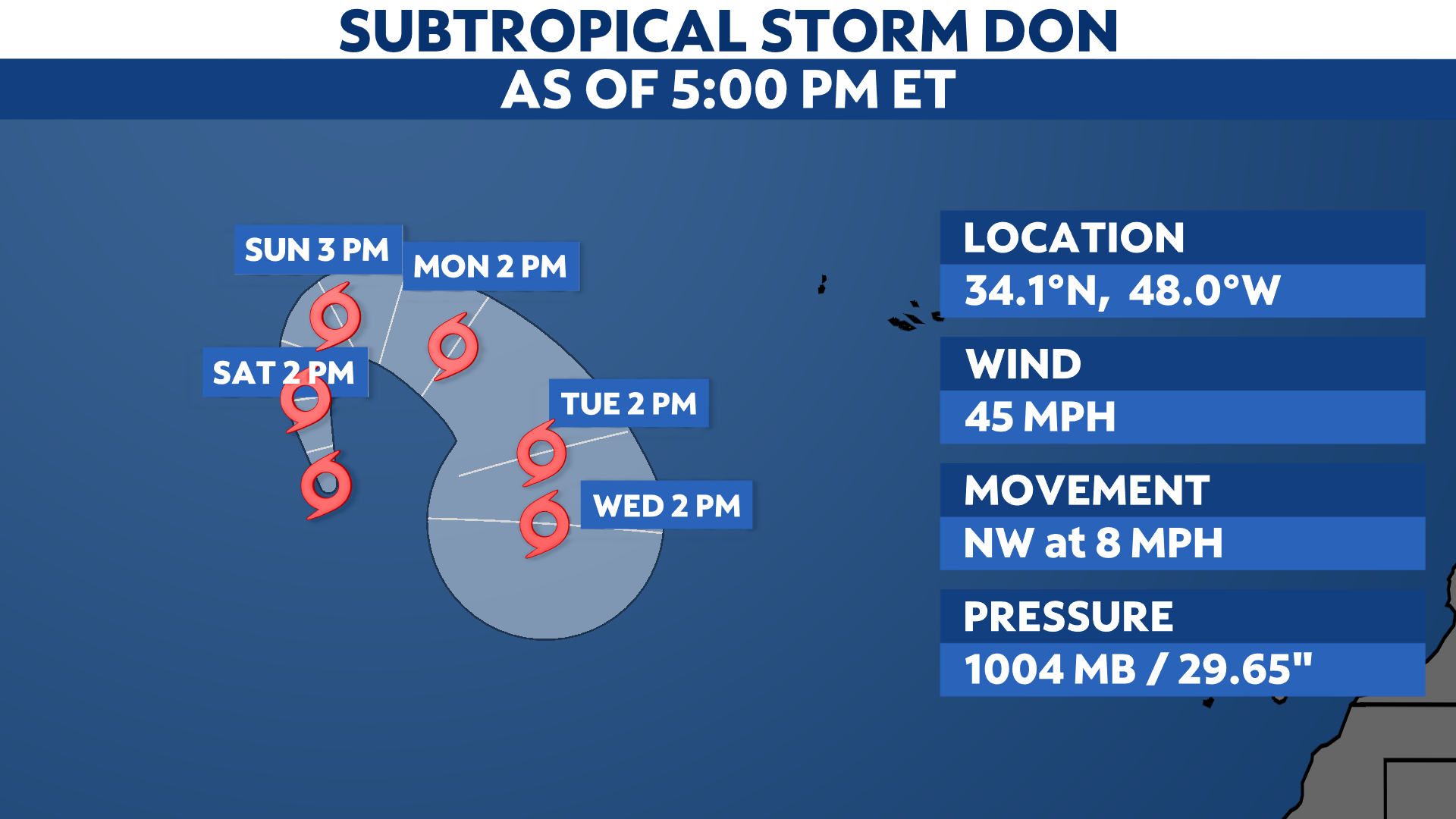COLUMBUS — Unleaded 88 is a gasoline blend including up to 15% ethanol, which is derived from corn and a major Ohio crop.
“Basically the idea here is that most unleaded gasoline that you’re going to find anywhere in the country has a 10% blend of ethanol in it. And so when we talk about U88, you’re getting a little more ethanol in there than you are in your standard 10% blend,” Spectrum News agriculture expert Andy Vance said.
According to Ohio Corn & Wheat Growers Association, Ohio has seven ethanol production facilities that utilize roughly 33% of Ohio’s corn crop.
Brad Moffitt is an ethanol specialist for Ohio Corn and Wheat.
“Some of the Western states are actually selling a 30% product at the pump. But any time you move past 15%, the law says that has to go in a Flex Fuel vehicle. The Flex Fuel vehicle means it’ll basically take any fuel or any gasoline product from 0% ethanol on up to the 85% product,” Moffitt said. “But we are focused on the 15%, the Unleaded 88, because most cars and light-duty trucks on the road today can use it.”
Moffit also said he believes sticking with the 15% blend will continue to stabilize the domestic use of ethanol.
“Our growth in ethanol, I’ll have to tell you, is in the export markets, because we have international customers. Our latest high-volume customer is India, but we sell ethanol and ethanol co-products all over the world,” he said.
Balancing usage of a crop throughout the marketplace can be a difficult task.
“I think the overall debate with regard to ethanol over the years is how does it affect everything else? So in other words, if we’re putting corn into ethanol, how does that affect corn availability for livestock feed, for example? Well, as it turns out, it’s actually been pretty good for livestock producers because we have co-products from ethanol. We call them distillers. Dry grains are soluble that you can feed to most livestock and it’s a cheap feed ingredient. So there are some trade-offs there, but that’s usually the debate,” Vance said.
“Certainly the petroleum industry doesn’t love ethanol because they’d rather you use all petroleum-based products instead of having to buy ethanol to blend in the unleaded gasoline,” Vance said.




